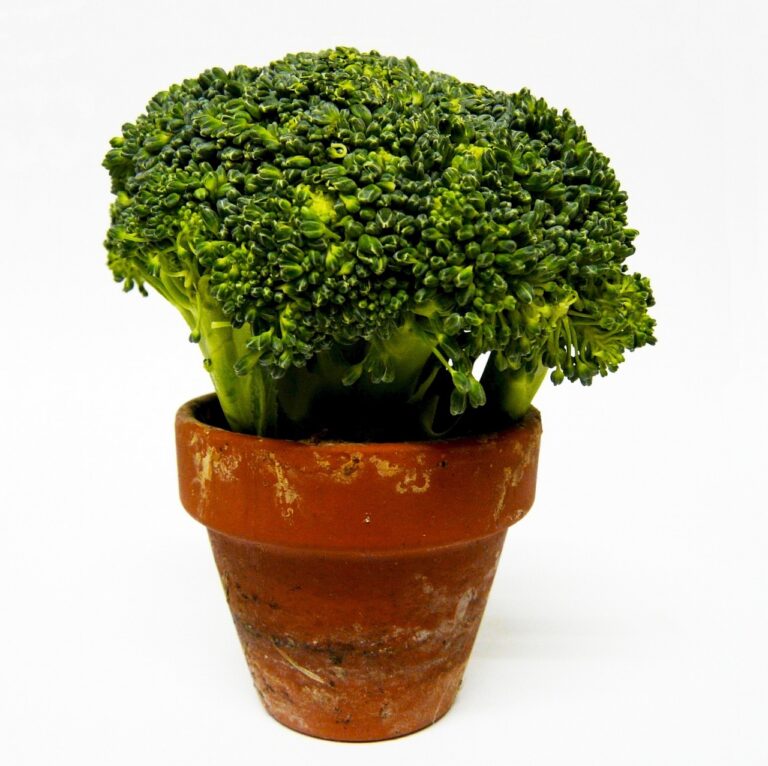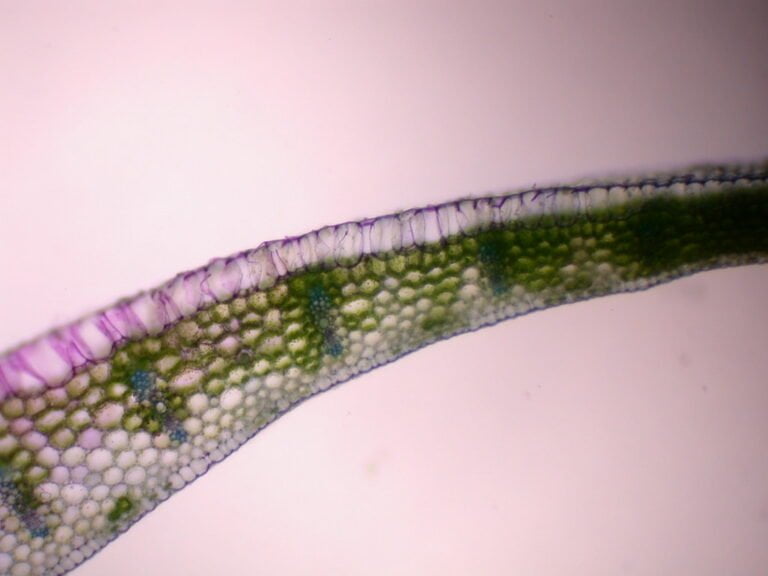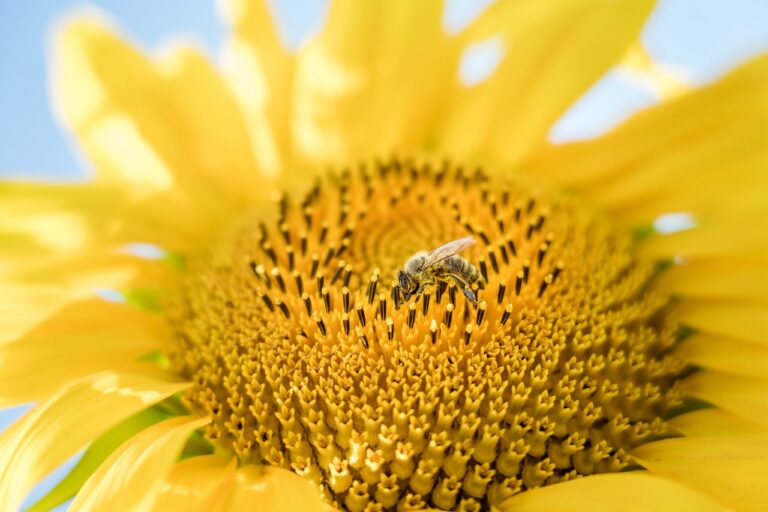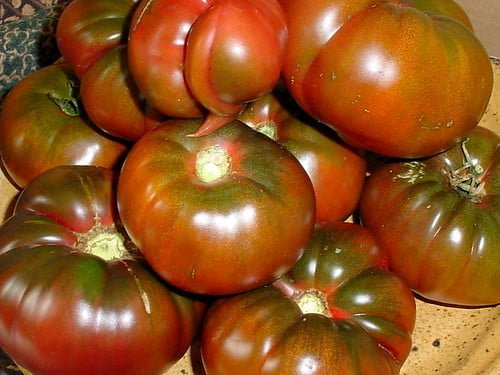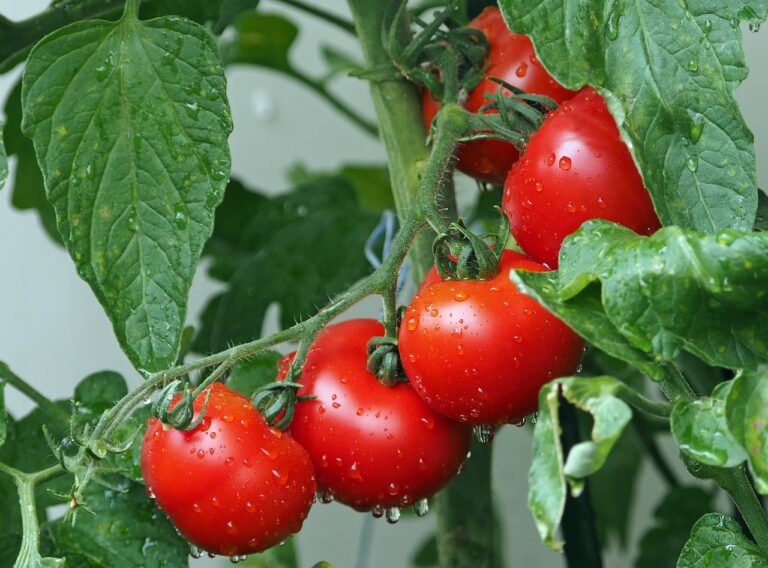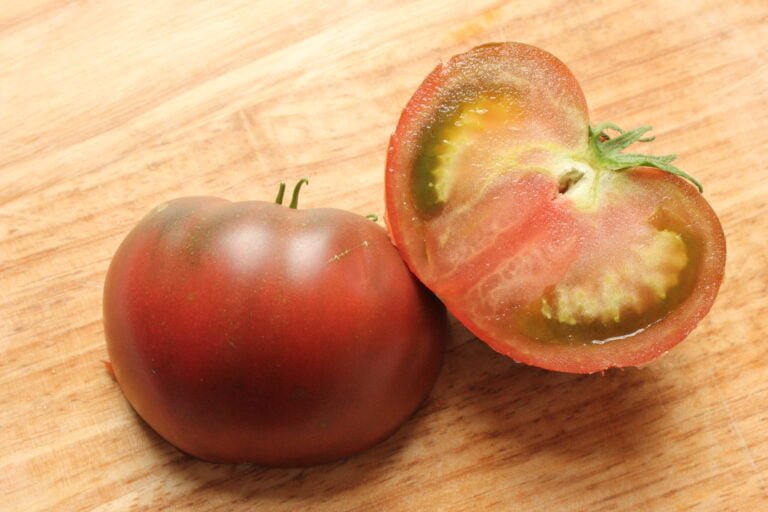Choosing the Right Plants to Grow in Front of Boxwoods
Are you looking to add some vibrant color and texture to your boxwood garden? Look no further! In this article, we'll guide you through the process of choosing the right plants to grow in front of your boxwoods. From flowering plants that will add a pop of color to evergreen options for year-round interest, we've got you covered. Whether you're aiming for a naturalistic design or want to enhance the sensory experience with fragrant plants, we'll help you create a beautiful and functional garden.
Plant Height and Growth Habits
Choose plants that complement the height and growth habits of your boxwoods for a harmonious and balanced garden. When selecting plants to grow in front of your boxwoods, it is important to consider their height and growth habits. Boxwoods are typically low-growing shrubs with a compact, dense form. To create a visually pleasing garden, choose plants that are either shorter or slightly taller than your boxwoods. This will prevent overcrowding and allow each plant to shine. Consider plants such as dwarf conifers, perennial grasses, or groundcovers like creeping phlox or sedum. These plants will provide a nice contrast to the boxwoods while still maintaining a cohesive look. Additionally, make sure to choose plants that have similar growth habits, as this will ensure that they will thrive together and require similar care.
Flowering Plants for Added Color
To add vibrant and eye-catching color to your garden, consider planting flowering plants in front of your boxwoods. Not only will these plants provide a beautiful contrast to the green foliage of the boxwoods, but they will also attract pollinators like bees and butterflies. When selecting flowering plants, choose ones that bloom at different times throughout the season to ensure a constant display of color. Some popular options include hydrangeas, roses, and peonies. These plants are not only visually appealing but also relatively low maintenance, making them perfect for busy gardeners. Additionally, consider the height and growth habit of the flowering plants to ensure they complement the boxwoods without overshadowing them. With the right selection of flowering plants, your garden will become a stunning and inviting space.
Evergreen Options for Year-Round Interest
For year-round interest in your garden, consider incorporating evergreen plants in front of your boxwoods. These plants will provide a lush, green backdrop that remains vibrant even during the winter months. One option to consider is the Japanese holly (Ilex crenata), which features small, glossy leaves and a compact growth habit. Another great choice is the dwarf mondo grass (Ophiopogon japonicus), which forms a dense, dark green carpet and requires minimal maintenance. If you're looking for something with a bit more height, try the Carolina cherry laurel (Prunus caroliniana). This evergreen shrub can reach up to 20 feet tall and has glossy, dark green foliage. By selecting the right evergreen plants, you can ensure that your garden remains visually appealing throughout the year.
Foliage Texture and Contrast
Consider incorporating plants with different foliage textures and colors in front of your boxwoods to create contrast and visual interest. When choosing plants, keep in mind that foliage texture refers to the shape, size, and overall appearance of the leaves. For a pleasing contrast, pair boxwoods with plants that have either finer or broader foliage. For example, you could plant ornamental grasses with slender leaves, such as feather reed grass or mondo grass, to create a delicate texture contrast. Alternatively, you could opt for plants with broader leaves, like hostas or elephant ears, to create a bolder contrast. Additionally, consider plants with varying leaf colors, such as variegated or burgundy foliage, to further enhance the visual appeal. By carefully selecting plants with different foliage textures and colors, you can create a stunning and dynamic front yard display.
Shade-Tolerant Plants for Boxwood Underplanting
When planting in front of boxwoods, you can choose shade-tolerant plants to underplant them. Boxwoods are known for their dense foliage, which can create shade in the area beneath them. To ensure that your underplanted plants thrive, it's important to select species that can tolerate low light conditions. Some suitable options include hostas, ferns, astilbes, and heucheras. These plants are adapted to grow in the shade and will complement the boxwoods nicely. Make sure to consider the mature size of the shade-tolerant plants and leave enough space for them to grow without overcrowding the boxwoods. By selecting shade-tolerant plants for boxwood underplanting, you can create a visually appealing and harmonious garden that thrives in shaded areas.
Groundcover Options for a Low-Maintenance Look
To achieve a low-maintenance look in front of your boxwoods, opt for groundcover options that require minimal upkeep. Choosing the right groundcover can enhance the beauty of your boxwoods while reducing the amount of time and effort you need to spend on maintenance. One excellent option is creeping thyme. This low-growing plant forms a dense mat of small leaves and produces delicate pink or purple flowers in the summer. Another great choice is creeping juniper, which has attractive blue-green foliage and spreads quickly to cover bare ground. For a more colorful option, consider sedum. This drought-tolerant plant comes in a variety of vibrant colors and requires little watering or pruning. Finally, consider using moss as a groundcover. Moss is easy to maintain and adds a natural, lush look to your boxwoods. With these low-maintenance groundcover options, you can enjoy a beautiful and hassle-free garden.
Native Plants for a Naturalistic Design
For a naturalistic design, incorporate native plants in front of your boxwoods. Native plants are a great choice because they are well-adapted to your local climate and soil conditions, making them low-maintenance and more likely to thrive. When selecting native plants, consider their growth habit, color, and texture to create a visually appealing design. For a naturalistic look, choose plants that mimic the surrounding landscape, such as grasses, ferns, and wildflowers. These plants will blend seamlessly with the boxwoods, creating a harmonious and cohesive design. Some popular native plants for a naturalistic design include purple coneflower, black-eyed Susan, switchgrass, and Virginia bluebells. By incorporating native plants in front of your boxwoods, you can create a beautiful and sustainable landscape that supports local wildlife and enhances the overall aesthetic appeal of your garden.
Drought-Tolerant Plants for Water Conservation
If you want to conserve water and ensure the sustainability of your garden, consider incorporating drought-tolerant plants in front of your boxwoods. These plants have the ability to withstand long periods without water, making them ideal for regions with limited rainfall or for those seeking to reduce water usage. Drought-tolerant plants come in a variety of sizes, colors, and textures, allowing you to create a visually appealing and environmentally friendly garden. Some popular options include lavender, yarrow, sedum, and sage. These plants have deep root systems that enable them to access moisture deep within the soil, making them more resilient during dry spells. By choosing drought-tolerant plants, you can save water while still maintaining a beautiful and thriving garden.
Fragrant Plants to Enhance the Sensory Experience
As you continue to create a visually appealing and environmentally friendly garden, consider incorporating fragrant plants in front of your boxwoods to enhance the sensory experience. Fragrant plants not only add a delightful aroma to your garden but also attract pollinators like bees and butterflies. There are several options to choose from when it comes to fragrant plants. Lavender, with its calming scent, is a popular choice. Roses, especially the old-fashioned varieties, offer a classic fragrance. Jasmine, with its sweet and intoxicating smell, can create a romantic atmosphere. Other options include lilacs, gardenias, and honeysuckle. When selecting fragrant plants, consider their bloom time, size, and maintenance requirements to ensure they will thrive in front of your boxwoods. Adding these fragrant plants will not only enhance your sensory experience but also create a more inviting and enjoyable garden for you and your guests.
Edible Plants for a Functional and Beautiful Garden
Consider incorporating edible plants in front of your boxwoods to create a functional and beautiful garden. Not only will these plants provide you with fresh and tasty produce, but they will also add visual interest to your landscape. When choosing edible plants for your garden, it is important to consider their compatibility with boxwoods. Opt for plants that have similar sunlight and watering requirements to ensure their success. Some popular options include herbs like rosemary, thyme, and basil, which not only add flavor to your dishes but also emit a pleasant aroma. You can also consider planting vegetables such as lettuce, kale, and Swiss chard, which not only provide nutritious greens but also add vibrant colors to your garden. By incorporating edible plants in your garden, you can create a space that is both functional and visually appealing, allowing you to enjoy the fruits of your labor while adding beauty to your landscape.
Conclusion
Choosing the right plants to grow in front of boxwoods is an important decision for any gardener. By considering factors such as plant height, flowering capability, evergreen options, foliage texture, shade tolerance, native species, drought tolerance, fragrant plants, and edible options, you can create a visually appealing and functional garden. Remember to select plants that complement the boxwoods and enhance the overall design of your landscape. With careful planning and consideration, your garden can thrive and bring you joy for years to come.

